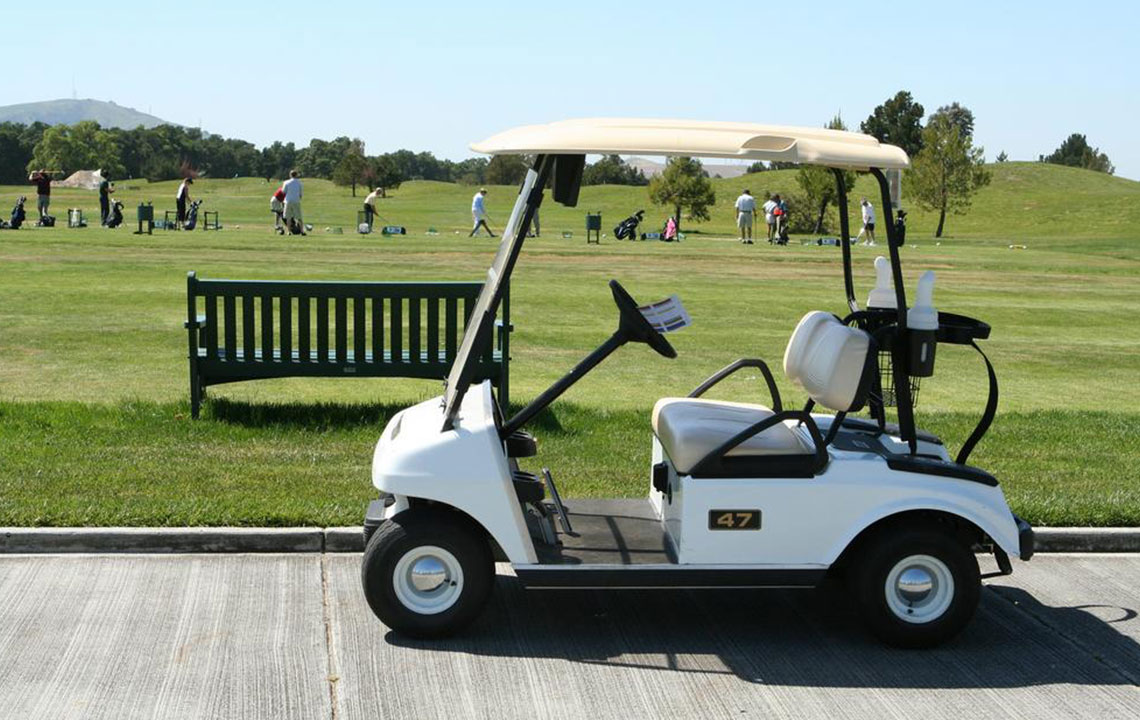Your Complete Guide to Hearing Aid Batteries: Types, Tips, and Longevity
This comprehensive guide covers everything you need to know about hearing aid batteries, including types, sizes, optimal usage tips, and how to extend their lifespan. Whether you're new to hearing aids or looking to optimize their performance, understanding battery care is essential for effective hearing assistance. Learn about different battery sizes, handling tips, and storage practices to ensure your devices work reliably and last longer. Improve your hearing aid experience by following expert recommendations and making informed choices regarding battery maintenance. Perfect for users seeking detailed, practical advice to enhance their hearing health management.

Hearing aids are sophisticated devices designed to help individuals with hearing impairments perceive sounds more naturally and effectively. Over the years, technology has evolved significantly, shifting from traditional analog models to advanced digital devices that incorporate microchips for enhanced sound quality and clarity. This technological progression has not only improved user experience but also introduced new considerations, especially regarding the batteries that power these vital devices.
The performance and usability of hearing aids largely depend on the quality and type of batteries used. Different models and styles of hearing aids require specific battery sizes, each offering unique advantages and limitations. Understanding these variations is essential for users seeking to maximize their hearing aid’s efficiency and longevity. In this comprehensive guide, we explore the different types of hearing aid batteries, their features, optimal usage tips, and how to ensure the best performance from your devices.
Understanding Hearing Aid Battery Types and Sizes
The battery size plays a crucial role in determining not only the fit of the hearing aid but also its operational duration and power capacity. Below, we provide an in-depth overview of the most common hearing aid battery sizes, their features, typical use cases, and lifespan expectations.
Size 675 Batteries: Power for Larger, Power-Dependent Devices
Color Code: Blue
Dimensions: 11.6mm x 5.4mm
Ideal For: Behind-the-ear (BTE) hearing aids, especially those with higher power requirements
Lifespan: Usually lasts between 9 to 20 days, depending on usage and environmental factors
Features: Known for their high capacity, these batteries are suitable for users who need robust power for their devices, especially in cases where longer-lasting batteries reduce the need for frequent replacement.
Size 13 Batteries: Versatile and Widely Used
Color Code: Orange
Dimensions: 7.9mm x 5.4mm
Ideal For: Both BTE and in-the-ear (ITE) hearing aids, including some Receiver-in-Canal (RIC) models
Lifespan: Typically lasts from 6 to 14 days
Features: These batteries strike a balance between size and power, making them suitable for a broad range of devices and user preferences.
Size 312 Batteries: Compact and Efficient
Color Code: Brown
Dimensions: 7.9mm x 3.6mm
Ideal For: Mini BTE, RITE, and in-the-canal (ITC) devices, which require smaller batteries without compromising power
Lifespan: Usually lasts between 3 to 10 days
Features: Known for their compact size, these batteries are perfect for discreet, lightweight hearing aids requiring less bulk but still offering reliable power.
Size 10 Batteries: Miniature Powerhouses
Color Code: Yellow
Dimensions: 5.8mm x 3.6mm
Ideal For: Mini receiver-in-the-ear (RITE) and canal hearing aids designed for minimal size and maximum discretion
Lifespan: Typically lasts from 3 to 7 days
Features: These tiny batteries are tailored for very discreet hearing aids, balancing size with sufficient power to ensure consistent performance.
Tips to Optimize Hearing Aid Battery Life
Proper handling, storage, and device usage can significantly extend the life of your hearing aid batteries. Here are some essential tips to help you get the most out of your batteries:
Store Batteries Correctly: Keep batteries in a cool, dry place at moderate temperatures, ideally between 5°C to 25°C (41°F to 77°F). Avoid extreme heat, cold, and humidity, which can deteriorate battery effectiveness.
Avoid Metal Contact: To prevent short circuits, always keep batteries in their original packaging until use, and avoid contact with metal objects like keys or coins.
Turn Off Devices When Not in Use: If your hearing aids have a power switch or can be turned off, do so when not actively using them to conserve battery life.
Handle Batteries Carefully: Use your fingertips to insert batteries, avoiding touching the battery’s tab or contact points to prevent oils and dirt from compromising performance.
Regularly Check Battery Levels: Replace batteries promptly when the device indicates low power or when you notice diminished sound quality.
Additional Tips for Maximizing Battery Performance
Beyond basic handling, additional strategies can help maximize battery lifespan:
Use the Right Battery Size: Always choose the correct size compatible with your hearing aid to ensure optimal functioning and avoid damage or inefficiency.
Avoid Moisture Exposure: Remove batteries if your device will be exposed to water or high humidity for extended periods.
Keep Batteries Cool During Storage: Store batteries away from direct sunlight and sources of heat to prevent premature discharge.
Choose Quality Batteries: Opt for reputable brands that adhere to safety standards, ensuring reliable performance and safety.
Conclusion
Choosing the right hearing aid batteries and handling them properly is essential for maintaining device performance and ensuring continuous hearing assistance. Whether you prefer larger batteries for longer life or smaller ones for discreetness, understanding the differences and following best practices can significantly enhance your experience. Regular maintenance, proper storage, and careful handling are simple yet effective ways to maximize battery life, reduce replacement frequency, and enjoy clear, consistent sound from your hearing aids. Stay informed, take good care of your batteries, and enjoy the full benefits of your hearing devices for years to come.





